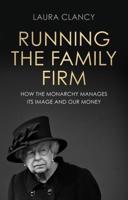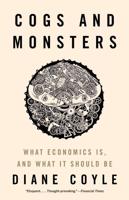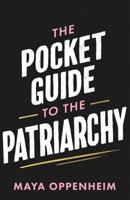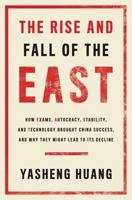Publisher's Synopsis
The Bombay cotton mill workers are India's oldest industrial labour force. From the very inception of this industry the recruitment of labour had been entrusted to a special class of men called jobbers. As a result of this recruitment strategy, the Bombay labour force far from being unorganized or chaotic, was a well-organized universe of numerous jobber units, based on patronage and vertical loyalty, and strengthened by kinship ties or common origin.;After World War I the economic depression forced the mills to strive for higher productivity. As jobbers did not guarantee an efficient use of labour, mill managements sought to replace them by a system of direct recruitment. Simultaneously the first generation of communists tried to organize the workers along trade union lines. The government of Bombay, however, wanted to prevent them from exploiting industrial unrest and laid down statutorily that labour interests were to be represented by a certified spokesman, the Labour Officer, and that labour disputes had to be fought out within officially prescribed limits.;Managers, trade unionists and labour officers thus became fierce rivals for gaining control over the work force. But none of them succeeded in establishing real control over the workers. The workers could not be confined within formal regulations and the jobbers were not easily dislodged from their entrenched position in the industry. This book traces that history, exploring labour recruitment, trade union organization and government intervention.












